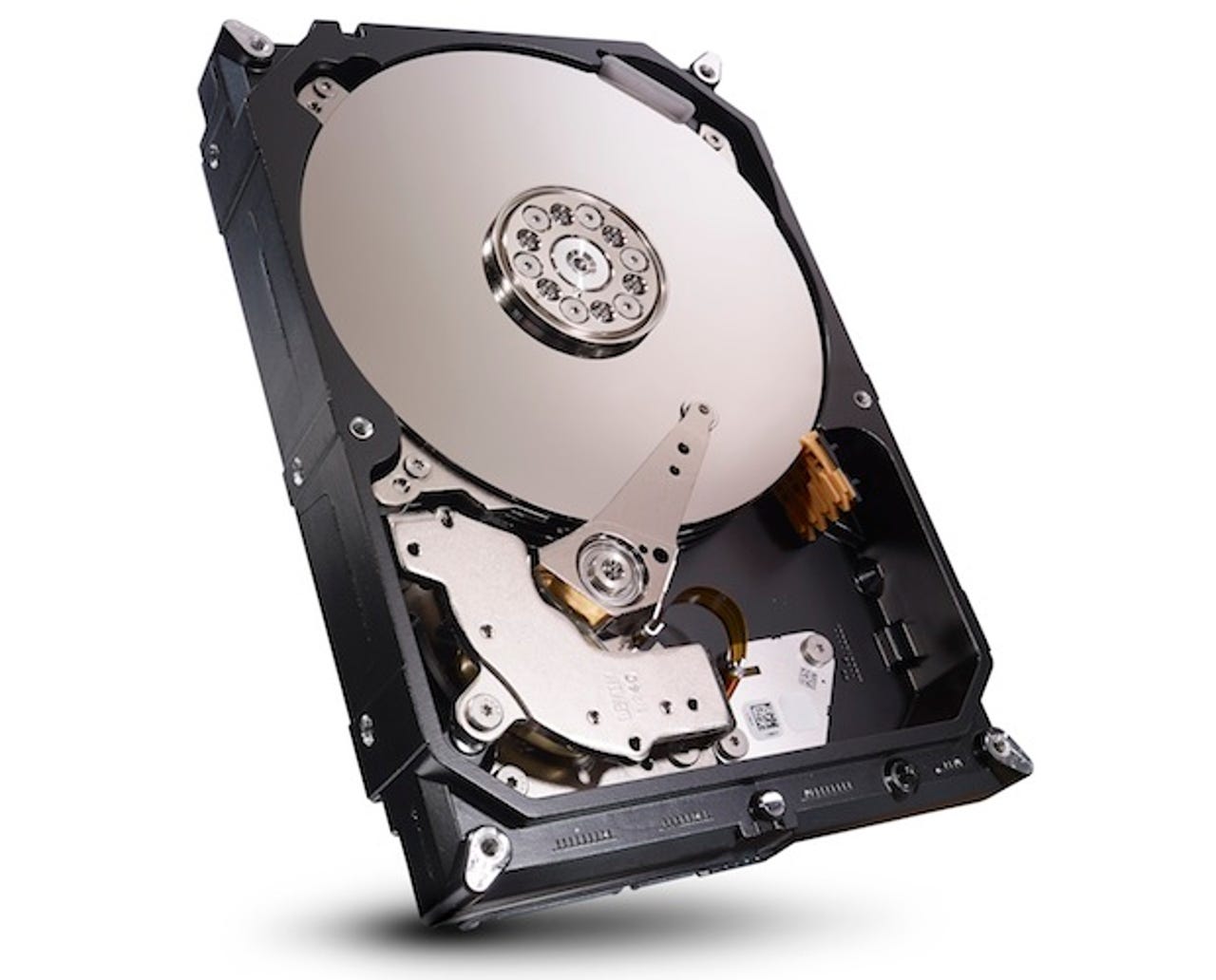Seagate intros its highest capacity NAS HDD with SMBs in mind


Seagate has introduced what it is touting to be its highest-capacity network-attached storage hard disk drive yet.
Custom built with small to midsize businesses in mind, the NAS HDD sports up to four terabytes of storage and can support up to 20 terabytes of data in a five-bay NAS array.
For businesses, the appliance supports multiple user profiles that can optimize power usage for different workloads in order to limit power consumption while aiming to achieve higher levels of performance.
Seagate also suggested the always-on unit could be used within the home, citing the 4TB option can store more than 819,000 photos, one million songs or nearly 500 hours of high-definition video.
The makers further pushed the home office and/or entertainment strategy by describing the NAS HDD as "near silent" with an acoustics range as low as 19 decibels.
For comparison, the American Speech-Language-Hearing Association defines an average whisper or quiet library as loud as approximately 30 decibels.
The storage giant argues that its 4TB option provides over 30 percent more capacity than any similar offerings already available, making it the "highest capacity available on the market."
While a specific price tag wasn't divulged, Seagate promised that it will be priced "competitively" and made available through both its distributing partners as well as commercial channels, including Tiger, Newegg, and Amazon.
Seagate also has at least nine NAS system and application industry partners lined up, including LenovoEMC, Asustor, and D-Link.
Seagate has been busy pushing the boundaries on its portfolio lately. The Cupertino, Calif.-based company recently announced that it had commenced shipping its thinnest hard drive yet, measuring in at 5mm thin.
Image via Seagate